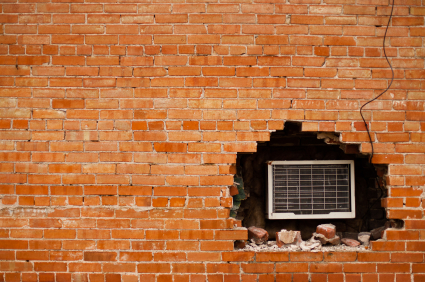Air conditioning has become a convenience that we take for granted across the United States. It is responsible for the comforts of modern living beyond just room temperature. And it is connected to almost every industry in ways that aren’t always visible. But it wasn’t always that way. A recent New York Times article titled “How Air Conditioning Conquered America (Even the Pacific Northwest),” by Emily Badger and Alan Blinder, tracks our dependence on air conditioning since the 1950’s—and it goes much deeper than you might expect.
Air conditioning has made economic growth practical in the hottest regions of the United States. “It made possible industrial work like printing, food processing and electrical manufacturing that would be hard to manage in sweltering heat. And it created the possibility for white-collar jobs in mechanically cooled office buildings.” Imagine production and progress being feasible in the humid south without central air.
Cooling technologies have everything to do with infrastructure and city planning. Sprawl is viable, and traffic is tolerable, because of air conditioning in cars. It made places like Phoenix, which is considered a relatively new city, possible. Types of building designs are also informed by air conditioning in regions like the Southwest, where wood housing is now used instead of just concrete construction.
Of course, these kinds of design decisions are problematic and unsustainable. “‘With the advent of air-conditioning, we lost a lot of the common sense,’ said Kirk Teske, the chief operating officer at HKS Architects, with headquarters in Dallas. He worries that regions like the Northeast may lose it, too, setting up future challenges for office workers and residents when blackouts or other natural disasters come.”
And individual air conditioning use is on the rise as global temperatures increase (which in turn contributes to global warming in that disastrous loop). Even regions that historically never relied on air conditioning are now closer to the consumption of hotter regions like the South. In the Midwest, central air is built into 94% of new single-family homes. And across the US, window units are used in older buildings. In the Pacific Northwest, where there have been record-breaking heat waves this summer, more and more households are purchasing these units. “In 1990, just a third of households there used central air or window units. Now twice as many do.”
Air conditioning is connected to all of our modern conveniences, the infrastructure of our cities, and the economic growth of our country, including our digital lives (cooling is necessary for server farms and data centers). Our reliance on air conditioning isn’t going to shrink, but we can think more conscientiously about our use and design, and create a new kind of common sense.

